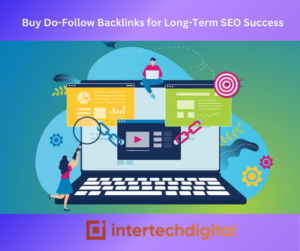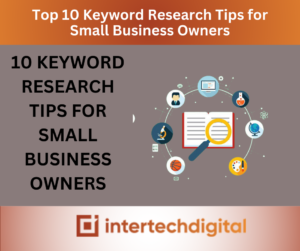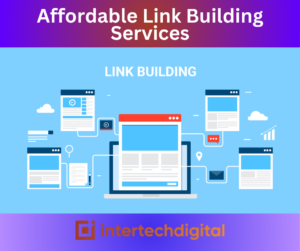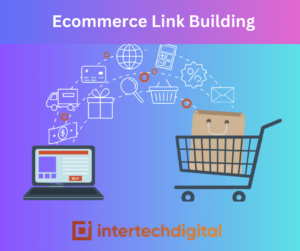People are more interested than ever in working for themselves, having more freedom, and living a stress-free lifestyle. Thousands of new firms are launched every day, indicating that entrepreneurship is at an all-time high.
Selling products online with the support of Amazon’s logistical infrastructure is one popular way for some people to create new lives for themselves. Perhaps you’ve heard of “flipping” treasures, a strategy of buying and selling objects for a profit. For hundreds of years, people have been doing this to make a living. But what’s novel about this method is the ability to “flip” valuable objects online without having to worry about logistics, shipping, or even customer service. Every day, Fulfillment by Amazon (FBA) allows entrepreneurs to do just that.
All entrepreneurs have to worry about is buying, selling, and marketing their products, which is a lot of effort but not nearly as much as when logistics are taken into account. How does Amazon’s FBA work? Amazon gains from increased sales volume and increased interest on its website. It’s a win-win situation.
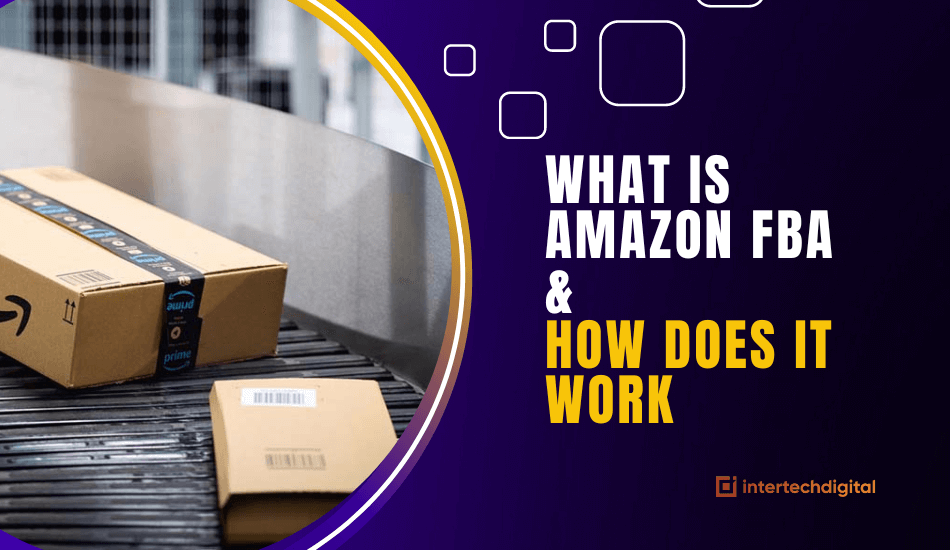
What Is Amazon FBA (Fulfillment by Amazon)?
Fulfillment by Amazon (FBA) is an agreement between Amazon and an Amazon seller in which Amazon handles all of the logistics, shipping, storage, customer service, inventory, and financial aspects of the vendor’s online purchases and sales. Instead of buying, storing, shipping, and managing 2,000 televisions in one’s garage, an entrepreneur can use Amazon FBA to receive, store, and handle full-scale logistics for these 2,000 televisions, from receiving and storing them to shipping and dealing with customer care. Amazon takes a share of sales and adds fees, allowing the entrepreneur to concentrate solely on buying and selling TVs without having to deal with a single unit or a disgruntled client.
What Is Amazon FBA and How Does It Work?
Here’s how Amazon Fulfillment by Amazon works. Let’s go with the TV scenario and imagine you want to use Amazon FBA to sell 100 HD TVs. This is how the procedure would go.
To begin, you would acquire your televisions from a store that offered great discounts. Instead of being delivered to your home, the 100 TVs are delivered to an Amazon warehouse for storage. Amazon informs you of the exact location of your items as well as how to contact the warehouse administrators.
Second, Amazon’s warehouse/fulfillment center has these TVs listed as inventory (either the same one or another one, depending on logistics). While you spend time online marketing your bargain TVs, your TVs are stored safely until a buyer places an order. Amazon charges a storage fee based on the size and volume of your TVs in return for storing them at their fulfillment center.
Third, Amazon handles the transaction procedure after a consumer placed an order for one of your TVs through Amazon. What is Amazon FBA shipping and how does it work? Your recently sold television is removed from Amazon’s inventory, and your fresh inventory list is updated. Amazon then handles, packages, and ships the order directly to your eager buyer.
Fourth, and this is one of Amazon FBA’s biggest features, Amazon handles any and all customer service concerns that may happen after the consumer has purchased their TV. Amazon communicates with customers at every stage of the process to guarantee that the order is delivered and to handle any returns, refunds, or disputes that may arise. Many entrepreneurs are drawn to the Amazon FBA procedure because of this feature alone.
Fifth, Amazon sends you a check every two weeks based on your sales! Making money on Amazon FBA can be simple with the appropriate setup.
Read More: How to Find a Profitable Amazon FBA Niche
What Does Amazon FBA Set You Back?
If you’re considering starting an e-commerce business, keep in mind that Amazon FBA fees for sellers must be factored into your budget. The pricing for Amazon FBA is as follows.
For each product sold, Amazon charges a “referral fee” ranging from 6% to 20% of the product’s retail price. This fee is determined by the product’s category. Some costs, such as those for electronic accessories, are smaller, while others, such as those for gift cards, are greater. As you might expect, demand plays a big role in how a fee is calculated: a low-demand item that will remain in Amazon’s inventory fulfillment for months is less valuable and a slow-growing liability for Amazon, therefore it commands a greater premium (price) to hold it.
Amazon FBA will charge two sorts of fees in addition to these referral payments: inventory storage costs and fulfillment fees. Each of the costs associated with storing products in Amazon fulfillment centers is included in the FBA inventory storage fees. FBA fulfillment fees include the entire process of choosing, packaging, and shipping each item from start to finish.
If you sell a TV for $499 as a consumer electronics item, Amazon will take an 8% commission, or $39.92, from the sale. Then, depending on the size of the TV and the inventory and shipping fees involved, you may have to pay an additional $5 to $25.
Read More: How to Make a Profitable Amazon Storefront
What Are the Advantages and Disadvantages of Amazon FBA?
For some merchants, Amazon FBA offers too many advantages to pass up. For others, the advantages only marginally exceed the disadvantages. Here are some of the advantages and disadvantages of using Amazon FBA.
Advantages of Amazon FBA
Logistics: Amazon handles all aspects of receiving, storing, packing, inventory, shipping, and customer service for you, sparing you the problems that each of these items might cause. One of the most major advantages of Amazon FBA is this.
The Buy Box is Amazon’s suggested seller for an item marked as a transaction box on the website. A seller who achieves “buy box status” will generate more sales than anybody else. It’s a terrific motivator!
Amazon’s shipping speed is unrivaled in the industry.
Free Delivery: Offering free delivery on things boosts sales and gives clients a fantastic bonus.
Reduced Overhead Costs: Because of Amazon’s enormous, efficient infrastructure, you can save a lot of money compared to if you had to locate storage and delivery somewhere else.
Amazon FBA’s drawbacks
Fees and inventory/shipping charges can be expensive for some.
No Brand Label: Your items must not have a visible brand logo on their packaging in order to qualify for Amazon FBA.
Limited Inventory Management: Amazon allows you to store goods, but you are responsible for monitoring the movement of that inventory and maintaining supplies.
Increased Returns: Amazon FBA orders have a greater return rate due to Amazon’s open-return policy.
Should You Use Amazon FBA for Your Business?
Is Amazon FBA a good investment? When it comes to running your Amazon business, there are both advantages and disadvantages to using Amazon FBA. Amazon FBA may be the appropriate fit for you if you’re trying to save time and space while still providing clients with speedier shipping alternatives. Amazon FBA, on the other hand, might not be the best option if you want to use your own designed packages and save money on inventory storage.
What Are the Benefits of Amazon FBA?
Logistics, customer service, and peace of mind are all advantages of Amazon FBA. With our Amazon FBA tools for sellers and features that may help with all area of your Amazon business, from sourcing things to sell to optimizing your product listings to attract more leads, Helium 10 can help you realize your Amazon FBA dreams. Review our definitive guide to Amazon FBA shipping for more information on Amazon FBA.
Read More: Guide to Amazon Retail Arbitrage in 2022
